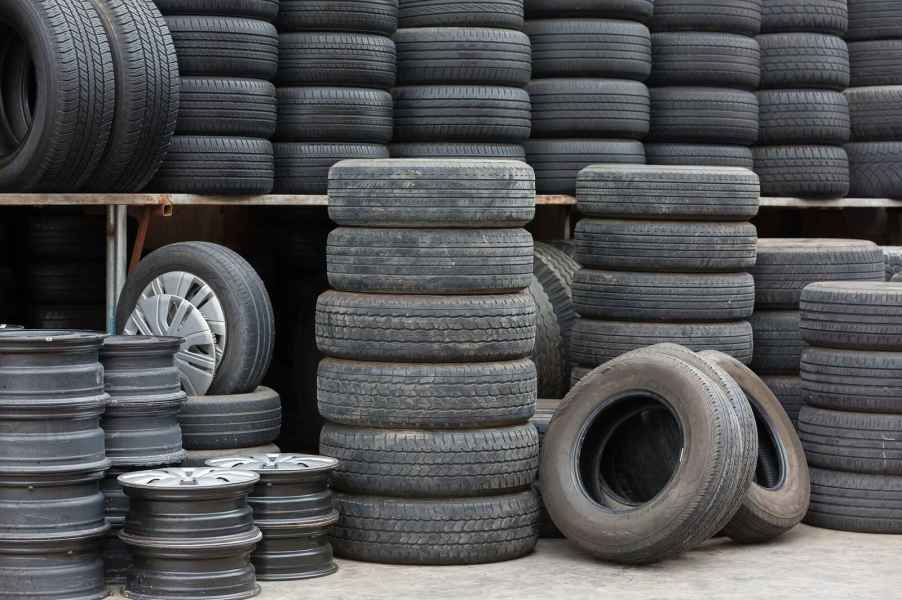
Old Tires Have Some Surprising Modern-Day Reuses
When vehicle tires reach the end of their life on the road, many assume they simply end up in landfills. However, old tires are finding new life in surprising and innovative ways. Positively, upcycling diverts them from trash heaps in an attempt to reduce waste.
Rubberized asphalt is one of the most common reuses of discarded tires. In road construction, it offers increased durability and a quieter driving experience compared to traditional asphalt. Rubberized asphalt not only recycles millions of tires each year but also reduces the need for new raw materials. As such, it lowers road construction’s already intense environmental impact.
Another fascinating (but often questioned) application is in the creation of playground surfaces. Shredded tire material, known as crumb rubber, produces soft, resilient surfaces for playgrounds, athletic tracks, and artificial turf fields. These surfaces provide cushy, shock-absorbent playing areas for children and athletes, reducing the risk of injuries. However, many folks are unsure about the long-term safety of crumb rubber turf. The EPA has stated that various studies and tests haven’t proven crumb rubber to be measurably toxic to people.

Discarded tires also play a role in erosion control and landscaping. Various civil engineering projects use Tire-derived aggregates (TDA), such as stabilizing embankments and drainage systems. They offer a lightweight and cost-effective alternative to traditional materials, with the added benefit of repurposing discarded tires.
“Creative” repurposing also diverts tires from landfills. Old tires transform into furniture, planters, and decorative pieces. Artists and DIYers turn used tires into unique and functional items, from ottomans to garden swings.
Moreover, tire-derived fuel (TDF) is an alternative energy source. It’s used in a couple of industries, including cement manufacturing and paper milling. TDF is a high-energy fuel co-fired with coal or other materials.
Another almost obvious reuse is turning old tires into new tires. As time passes, though, tire producers have been looking into more sustainable materials to make tires, including dandelion rubber and soybean oil.
Of course, many may doubt how “green” tire reuse really is due to their chemical makeup. However, it’s clear that repurposing tires prevents the manufacturing of additional raw materials and other supplies, which negatively impacts the planet.



